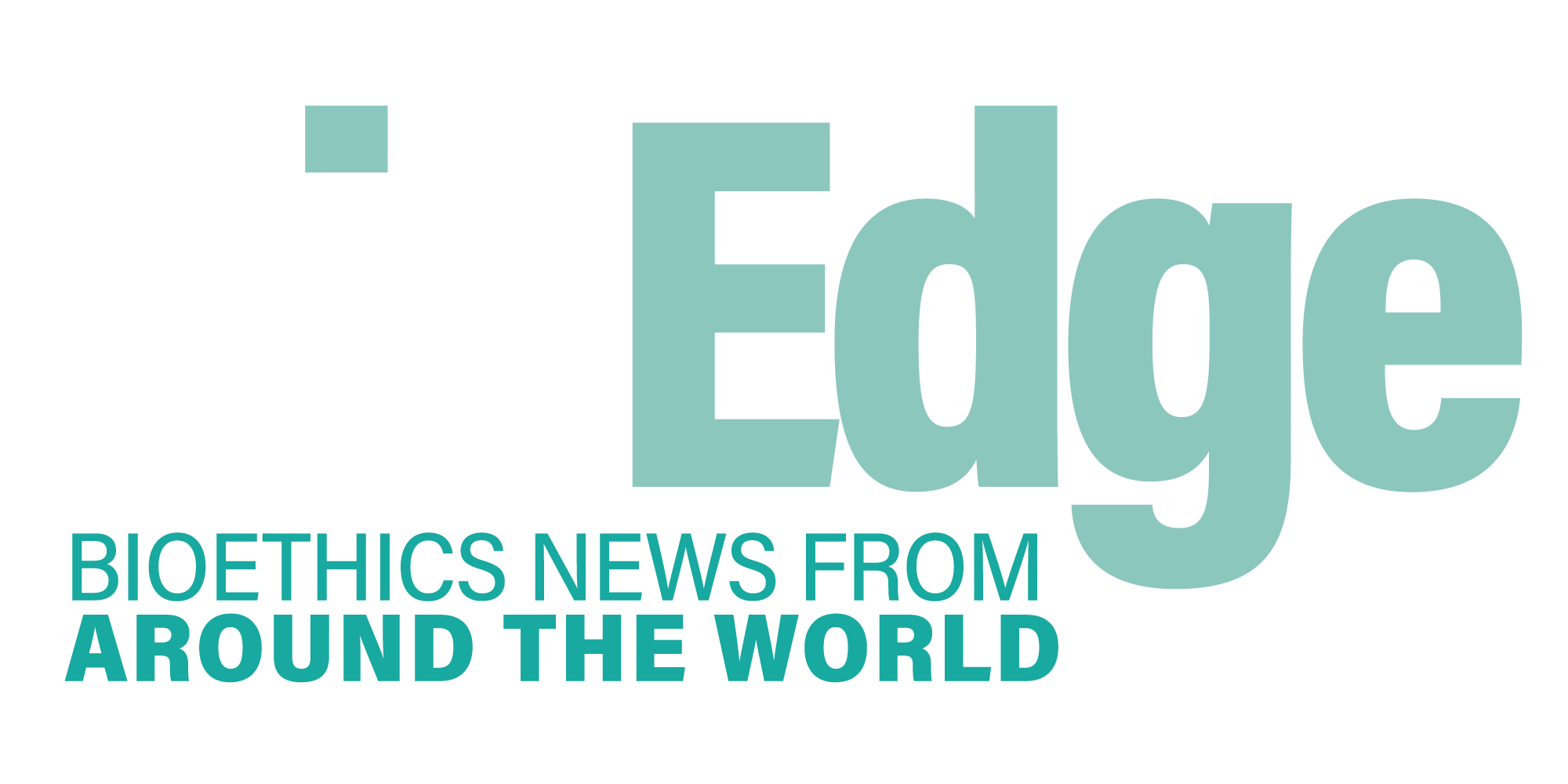New stem cell techniques fail to quench controversy
It may be possible to obtain embryonic stem cells without killing embryos, according to two papers published in the latest issue of Nature. Although many stem cell scientists regard these techniques as a time-wasting concession to irrational ethical scruples, others hope that they will break the impasse on embryo research in American courts and legislatures.
In a technique called altered nuclear transfer, researchers at the Whitehead Institute for Biomedical Research in Cambridge, Massachusetts, successfully disabled a mouse embryo by altering the gene which controls the development of the placenta. This means that an embryo clone created in this way could never develop into an adult, but it would still yield ESCs. The reasoning behind this technique is that if the embryo is clearly fated never to develop properly, it is ethical to destroy it.
However, even if ESCs can be obtained efficiently this way, it is unlikely to quench the debate. “The success of this procedure in no way precludes the need to pursue all forms of human embryonic stem cell research,” says Whitehead researcher and MIT professor Dr Rudolf Jaenisch. “Human embryonic stem cells are extraordinarily complicated. If we are ever to realise their therapeutic potential, we must use all known tools and techniques in order to explore the mechanisms that give these cells such startling characteristics.”
The other technique, which is similar to pre-implantation genetic diagnosis, has been proposed by Advanced Cell Technology, a private company in Massachusetts which does cloning research. A team headed by Robert Lanza successfully removed a cell from an 8-cell embryo and used it to cultivate ESCs, without apparent harm to the embryo.
There has been much scratching of heads over the merits of these experiments, even amongst opponents of destructive embryo research. They were amongst several alternative approaches to obtaining ESCs first proposed by William Hurlbut of Stanford University last year. The experiment conducted by Dr Jaenisch involves such an unnatural way of creating human life that that it is not clear whether the resulting organism is a human being or just a clump of human cells. And it is still possible that the cell removed in the PGD procedure might be totipotent, or able to develop into a human being. Hence it could be regarded as an embryo in its own right. “This is just the beginning of the conversation,” Hurlbut said. “It’s time for everyone to humbly enter a constructive dialogue and listen deeply here.”
- How long can you put off seeing the doctor because of lockdowns? - December 3, 2021
- House of Lords debates assisted suicide—again - October 28, 2021
- Spanish government tries to restrict conscientious objection - October 28, 2021
